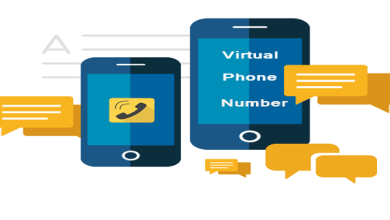What Are the Essential Connectivity Features of Smartphones?

In today’s connected world, smartphones are the center of our digital lives, easily connecting us to an extensive network of people, services, and information. The effectiveness of a smartphone largely depends on its connectivity features, which enable users to communicate, navigate, and interact with other devices. This article delves into the essential connectivity features that are critical for modern smartphones, highlighting how they contribute to a comprehensive and satisfying user experience.
Key Connectivity Features in Smartphones
The connectivity capabilities of a smartphone determine its ability to perform in today’s fast-paced digital environment. Here, we explore the key features that facilitate this connectivity, enhancing the versatility and functionality of smartphones.
Supporting Wi-Fi Standards
Wi-Fi connectivity is essential for the functionality of smartphones, as it allows devices to connect to the internet without any wires. Supporting the latest Wi-Fi standards, which ensures faster speeds, improved security, and better management of multiple devices on the same network. This feature is crucial in streaming content, browsing the web, and quickly and reliably downloading data.
Enabling Bluetooth Connections
The Bluetooth technology plays a crucial role in connecting smartphones to various peripheral devices, such as speakers, headphones, and car systems. For instance, the Huawei p70 utilizes advanced Bluetooth technology to ensure smooth and energy-efficient connections with other devices. This capability enhances the usefulness of smartphones, making them essential for a connected lifestyle.
Facilitating Cellular Data Access
The availability of cellular data access allows smartphones to connect to the internet without the need for Wi-Fi by utilizing network provider services. This feature is crucial for maintaining connectivity while on the move, supporting a wide range of activities from simple web browsing to complex cloud-based applications. It becomes particularly essential in areas where Wi-Fi is not accessible or unreliable.
Incorporating NFC Capabilities
Near Field Communication (NFC) technology allows smartphones to connect with other NFC-enabled devices easily within a short range. This advanced technology plays a critical role in enabling contactless payments, quick device pairing, and effortlessly accessing information from smart tags in the surrounding environment. By enhancing the convenience and speed of transactions and interactions, NFC dramatically improves user experience.
Providing GPS Navigation
GPS navigation is essential for modern smartphones as it provides users with real-time location tracking and directions, making it easier for them to navigate unfamiliar places and access location-specific information. This feature is vital in navigation apps, location-based services, and emergency assistance.
Offering USB Connectivity
The USB connectivity feature allows smartphones to directly connect with other devices, such as computers, cameras, and other USB-enabled devices, for seamless data transfer and convenient charging. This connection is crucial for efficiently managing files, updating software, and seamlessly integrating smartphones into a larger digital ecosystem.
Conclusion
The connectivity features of a smartphone are critical to its functionality and the user experience it delivers. From Wi-Fi and Bluetooth to GPS and 5G technology, these features ensure that smartphones remain the most indispensable device in our daily lives, providing constant access to the digital world. As technology continues to evolve, integrating these features will become even more seamless, further enhancing the connectivity and capabilities of future smartphones.



